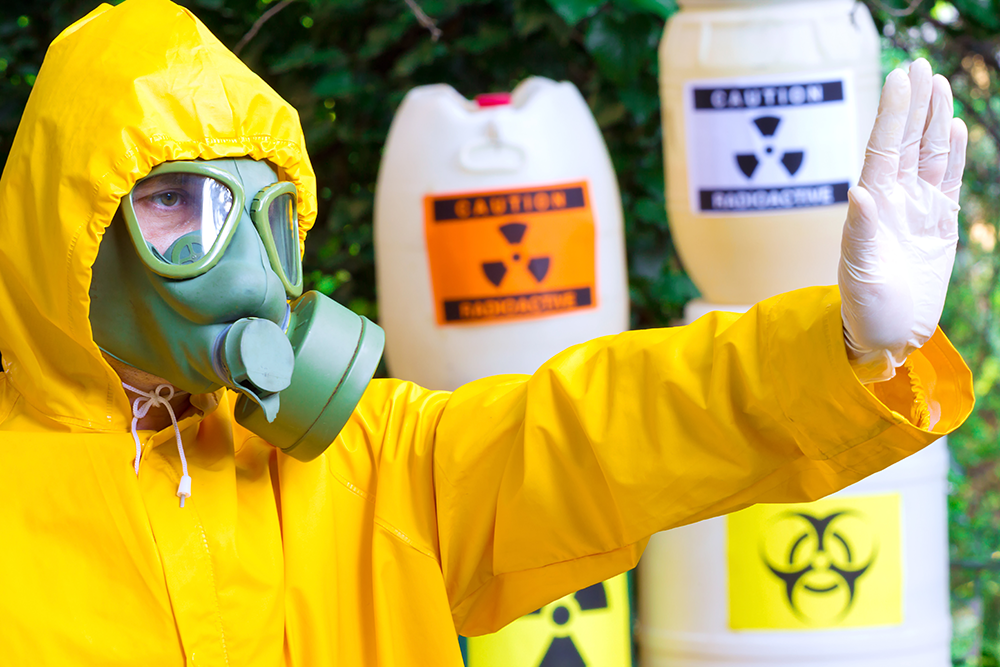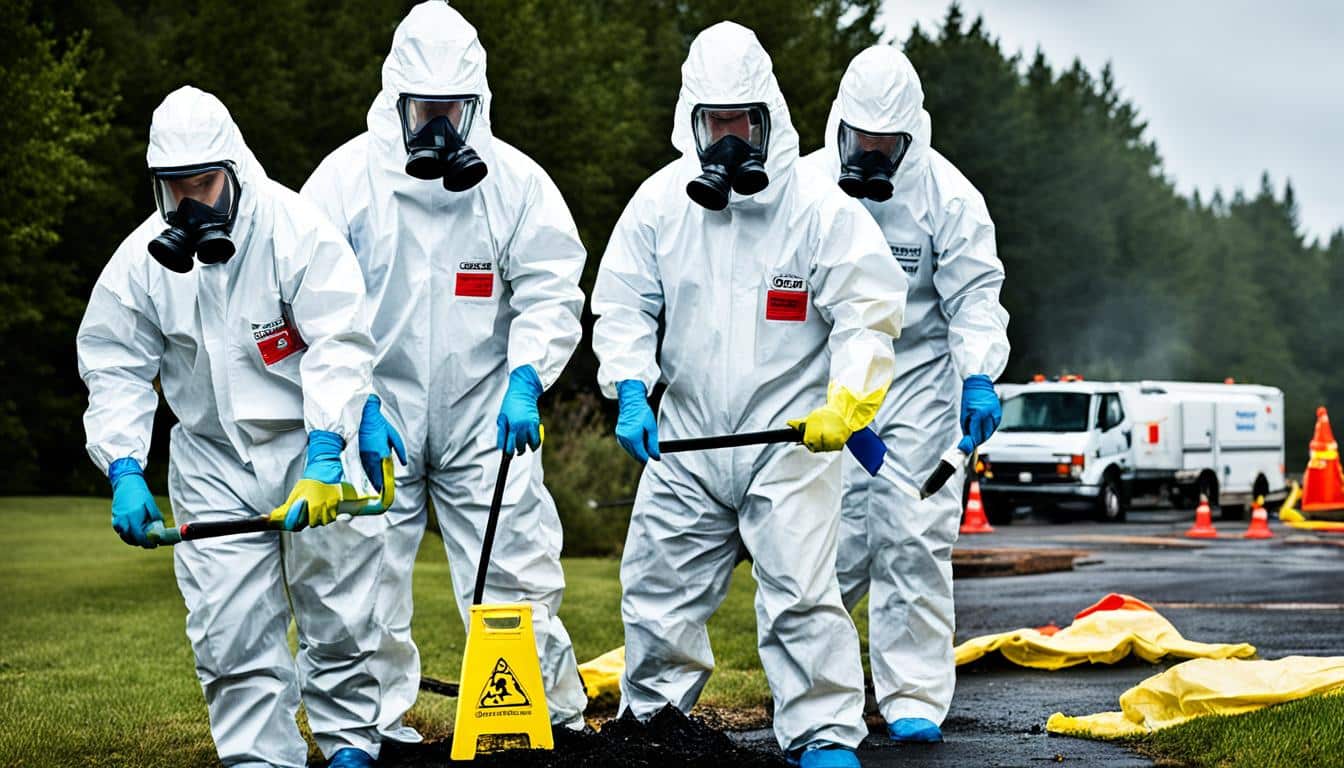Professional Biohazard Cleansing and Decontamination for Blood, Bodily Fluids, and Hazardous Materials
In the realm of biohazard cleansing and purification for blood, physical fluids, and dangerous materials, precision and know-how are extremely important. The prospective health and wellness dangers related to direct exposure to biohazards highlight the crucial need for careful handling and comprehensive clean-up. Specialized training outfits specialists with the understanding and abilities essential to address these hazardous situations efficiently. Nonetheless, it is not just concerning tidying up; the significance of utilizing correct decontamination techniques can not be overemphasized. As we navigate the complex landscape of biohazard cleanup, comprehending the subtleties of regulations, compliance, and the specific equipment at play comes to be vital in guaranteeing a risk-free and detailed decontamination process.
Wellness Dangers of Biohazard Exposure
Direct exposure to biohazards presents considerable health dangers that can lead to severe effects for neighborhoods and people alike. Biohazards encompass a vast variety of organic compounds, consisting of blood, physical fluids, mold, bacteria, infections, and various other potentially contagious materials. When people come into call with these biohazards, whether through mishaps, incorrect handling, or ecological exposure, they encounter the risk of contracting significant ailments or diseases.
One of the primary health threats connected with biohazard exposure is the transmission of transmittable conditions. Bloodborne virus such as HIV, hepatitis B and C, and numerous microorganisms can be present in biohazardous products, presenting a direct risk to human health and wellness. Breathing in air-borne biohazards like mold spores or entering into contact with contaminated surfaces can also result in respiratory problems, allergies, and various other unfavorable health and wellness results.
In addition, biohazard direct exposure can have long-lasting health and wellness implications, with some illness showing up years after the preliminary contact (Blood Cleanup). As a result, it is crucial to prioritize proper biohazard cleaning and decontamination to alleviate these wellness risks and ensure the safety and security of people and areas

Specialized Educating for Biohazard Clean-up
When it comes to taking care of biohazard cleaning successfully and safely, specialized training plays a fundamental function in making sure correct purification procedures are complied with. Biohazard cleaning needs particular knowledge and abilities to efficiently reduce risks connected with bloodborne virus, physical fluids, and unsafe materials. Experts trained in biohazard clean-up go through rigorous instruction on how to securely deal with, remove, and get rid of biohazardous materials to stop contamination and direct exposure.
Specialized training for biohazard cleanup covers a series of important subjects, consisting of correct individual protective tools (PPE) usage, bloodborne virus awareness, purification methods, and unsafe waste disposal procedures. Individuals learnt biohazard cleaning are geared up with the essential knowledge to assess contamination degrees, identify potential risks, and apply appropriate clean-up treatments in conformity with regulative requirements.
Continuous training and education and learning are paramount in the area of biohazard cleaning to remain upgraded on the newest decontamination modern technologies, security protocols, and regulations. By spending in specialized training, biohazard clean-up experts can successfully react to emergency situation cleaning situations and guard both public wellness and the environment.
Importance of Appropriate Purification Strategies
Making use of correct purification methods is important in biohazard cleanup to successfully remove unsafe products and reduce health threats. Effective purification not only makes sure the removal of noticeable traces of blood, physical fluids, and other biohazards yet also targets unnoticeable virus that may present major health and wellness threats if not properly eliminated. By complying with strict decontamination protocols, educated experts can considerably decrease the danger of exposure to unsafe bacteria, viruses, and germs that might cause diseases or infections.
Correct decontamination methods involve making use of specific equipment and anti-bacterials that are especially made to reduce the effects of biohazards successfully. Detailed cleansing and disinfection of polluted locations are important to avoid the spread of virus and make sure a risk-free atmosphere for residents. Additionally, click here to find out more the proper disposal of biohazardous waste adhering to decontamination procedures is vital in stopping contamination of other surfaces or individuals.

Devices and Tools for Safe Cleanup
The appropriate devices and tools play an important duty in ensuring the efficient and secure cleaning of biohazardous products. When taking care of blood, physical fluids, or unsafe products, biohazard cleansing professionals rely upon specialized gear to lessen direct exposure threats and completely decontaminate the damaged location. Individual safety tools (PPE) such as gloves, safety glasses, masks, and coveralls are necessary to secure against direct contact with possibly contagious materials. In addition, biohazard cleaning sets including disinfectants, absorbent materials, and biohazard bags are used to securely contain and get rid of of polluted things. Blood Cleanup.
Advanced cleansing devices like hospital-grade anti-bacterials, HEPA-filtered vacuums, and misting makers are used to sanitize surface areas and remove biohazards properly. Specialized devices such as sharps containers and biohazard waste disposal bins are used to securely take care of sharp things and biohazardous waste products. By utilizing the appropriate devices and tools, biohazard cleansing specialists can make certain a comprehensive cleanup process that focuses on safety and reduces wellness risks for both workers and passengers of the afflicted room.
Rules and Compliance in Biohazard Cleaning
Correct adherence to policies and compliance requirements is critical in biohazard cleaning to make certain the security of both personnel and the environment. Federal government firms such as OSHA (Occupational Safety And Security and Health Management) and the EPA (Epa) have actually established particular guidelines for biohazard clean-up treatments to lessen wellness threats and environmental contamination. These laws cover a series of elements consisting of the handling, transport, and disposal of biohazardous products, in addition to the required training and protective equipment required for personnel associated with the clean-up process.
Biohazard cleansing business need to remain updated with these laws to ensure that their procedures fulfill the called for imp source security requirements. Failure to comply with these regulations can lead to extreme consequences, consisting of fines, lawful action, and endangering the health and wellness of people and the atmosphere. By following rigid regulations and conformity actions, biohazard cleansing business can properly reduce dangers and ensure a secure and comprehensive cleanup procedure for all events involved.
Conclusion
In verdict, biohazard cleansing and decontamination call for specialized training, proper methods, and adherence to laws. Exposure to blood, physical fluids, and harmful materials poses significant health dangers, making it crucial to make use of the appropriate click this link tools and tools for secure cleaning. By complying with strict protocols and guidelines, experts can efficiently minimize the dangers related to biohazard exposure and make certain the safety and security of both themselves and others.
As we navigate the elaborate landscape of biohazard cleaning, comprehending the nuances of policies, compliance, and the customized equipment at play becomes critical in ensuring a safe and extensive decontamination procedure. (Blood Cleanup)
When it comes to taking care of biohazard cleanup successfully and safely, specialized training plays an essential function in making certain appropriate decontamination procedures are complied with.Utilizing correct purification methods is essential in biohazard cleaning to successfully remove dangerous products and minimize health risks. In addition, biohazard cleansing kits containing anti-bacterials, absorbing materials, and biohazard bags are used to securely get rid of and have of contaminated products.
Government companies such as OSHA (Occupational Safety and Wellness Administration) and the EPA (Environmental Defense Firm) have actually developed certain guidelines for biohazard cleanup procedures to reduce health dangers and ecological contamination.